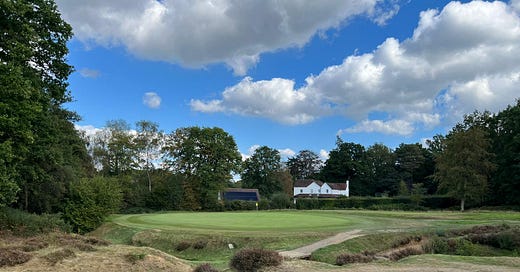“You can’t stay in your corner of the Forest waiting for others to come to you; you have to go to them sometimes”
“Some people care too much. I think it's called love”
Winnie the Pooh
What is left of the once great golfing press - now just adverts and short-game tips where once…





